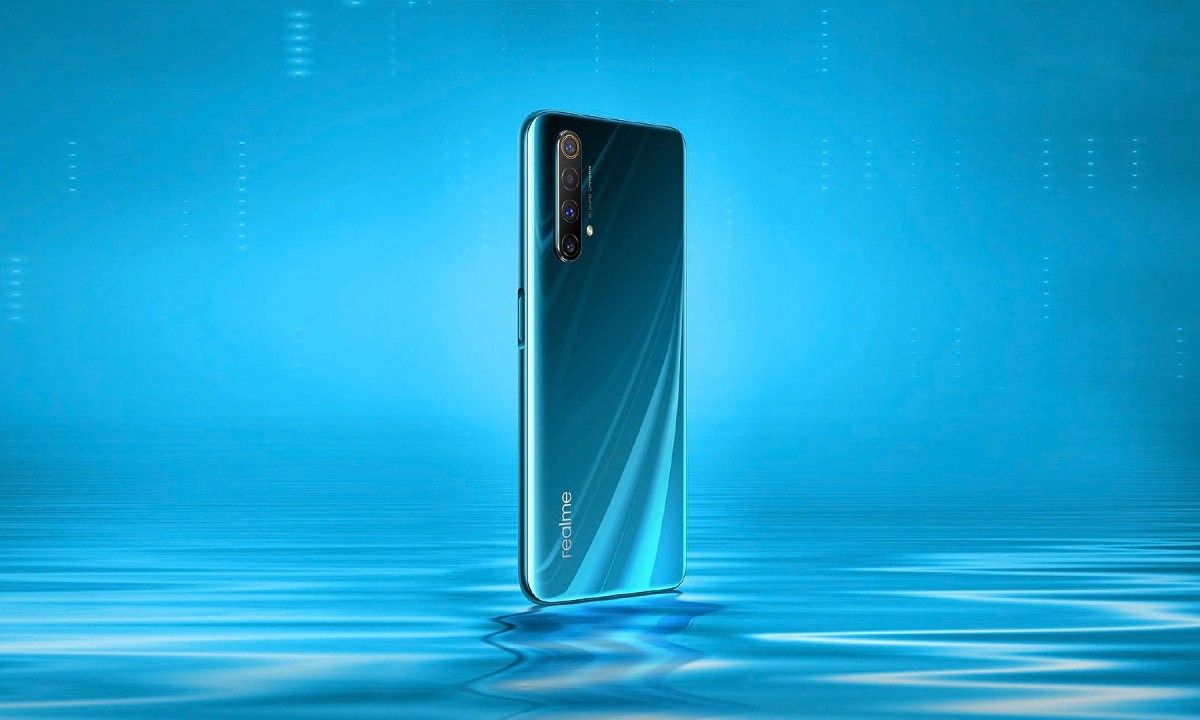In 2019, the most popular image sensor for flagship and mid-range smartphones was by far the Sony IMX586 48MP image sensor, which made its way to a surprisingly large number of phones. Flagship phones from the likes of Samsung, Huawei, Google, and Apple continued to use custom sensors, but vendors such as OnePlus, Xiaomi, OPPO, Honor, and others fully adopted the IMX586 Quad Bayer sensor, which proved more popular than its competitor, the Samsung ISOCELL GM1. In the latter half of the year, some high-profile phones did opt to use Samsung’s newer 64MP ISOCELL Bright GW1 sensor, while the Xiaomi Mi Note 10 made itself a pioneer by featuring the 108MP Samsung ISOCELL Bright HMX sensor. In December, the IMX586’s successor, the 64MP Sony IMX686, started being included in new launches. These days, the competition in the mobile image sensor market consists mostly of Sony and Samsung, but there is another player in the market: OmniVision. While their products have had few design wins over the last few years, it has tried to make itself more relevant by announcing a new flagship 48MP image sensor for high-end phones in the form of the OmniVision OV48C.
 The OmniVision OV48C is a 48MP image sensor with a large 1.2 micron pixel size. This makes it atypically large as all the other 48MP image sensors have a 0.8 micron pixel size. The higher pixel size is because the sensor is physically bigger. It has a 1/1.3″ sensor size, whereas the IMX586 and the Samsung GM1/GM2 have a 1/2″ sensor size. The 1/1.3″ sensor size is one of the largest for any smartphone image sensor, and it’s only smaller than the 2012 Nokia 808 PureView’s 1/1.2″ image sensor. The 64MP Samsung GW1 has a 1/1.7″ sensor size, which is still smaller than the OmniVision OV48C’s sensor. OmniVision states that this enables high resolution and excellent low light performance for flagship smartphone cameras.
The OmniVision OV48C is a 48MP image sensor with a large 1.2 micron pixel size. This makes it atypically large as all the other 48MP image sensors have a 0.8 micron pixel size. The higher pixel size is because the sensor is physically bigger. It has a 1/1.3″ sensor size, whereas the IMX586 and the Samsung GM1/GM2 have a 1/2″ sensor size. The 1/1.3″ sensor size is one of the largest for any smartphone image sensor, and it’s only smaller than the 2012 Nokia 808 PureView’s 1/1.2″ image sensor. The 64MP Samsung GW1 has a 1/1.7″ sensor size, which is still smaller than the OmniVision OV48C’s sensor. OmniVision states that this enables high resolution and excellent low light performance for flagship smartphone cameras.
The OV48C is said to be the industry’s first image sensor for high resolution mobile cameras with on-chip dual conversion gain HDR, which “eliminates motion artifacts and produces an excellent signal-to-noise ratio SNR)”, according to OmniVision. The sensor also offers a staggered HDR option with on-chip combination, which provides smartphone designers with flexibility to select the best HDR method for a given scene.
The 48MP flagship image sensor is built on OmniVision’s PureCel Plus stacked die technology. It integrates an on-chip, 4-cell color filter array (BCFA – Buried Color Filter Array) and hardware remosaic, which provides high quality 48MP Bayer output. This is an important differentiation versus sensors such as the IMX586, which have 48MP Quad Bayer sensors. Quad Bayer sensors have less color resolution than standard Bayer sensors. The OV48C seems to be the first mobile image sensor capable of handling 48MP Bayer output, which means it has higher resolution than the other 48MP and 64MP image sensors on the market. It can also output 8K video in real time.
Interestingly, OmniVision proclaims that in low light conditions, the sensor can use near-pixel binning to output a 12MP image for 4K2K video with four times the sensitivity, with a 2.4 micron-equivalent performance. The near-pixel binning part is puzzling, but a 2.4 micron-equivalent performance would likely lead to class-leading low light image quality, with the disclaimer that all other factors should remain constant. In either case, the OV48C is said to be capable of capturing “the best quality images without motion blur”, and it will also be capable of enabling digital crop mode zoom with 12MP resolution (this refers to lossless zoom) and fast mode switch. The sensor also offers features such as a CPHY interface that makes it more suitable for rear-facing main cameras in multi-camera configurations. For fast autofocus, the OV48C relies on 4C Half Shield phase detection.
The OmniVision OV48C can output 48MP at 15fps (this refers to the absence of zero shutter lag), 12MP with 4-cell binning at 60fps (ZSL), and 4K2K video at 60fps with the extra pixels needed for electronic image stabilization (EIS). It also offers 1080p slow motion video at 240fps in addition to 720p at 360fps, although this feature is arguably not impressive as competing sensors can go as high as 1080p at 960fps, while many phones can now record 1080p at 480fps.
OmniVision states that OV48C samples are available now, and the sensor will be demonstrated at the company’s CES hotel suite from January 7-10. As of now, the company hasn’t stated whether the sensor will actually be available in a phone this year. Apart from the OnePlus 2 in 2015, it’s hard to recall a major phone launch featuring an OmniVision image sensor. The specifications of the OV48C certainly sound impressive, but it remains to be seen how it will fare against Sony’s 64MP IMX686 and Samsung’s 108MP ISOCELL Bright HMX sensor in shipping phones.
Source: OmniVision (press release)
The post OmniVision’s new 48MP OV48C image sensor seems better than the 64MP IMX686 appeared first on xda-developers.
from xda-developers https://ift.tt/2FoHyfJ
via IFTTT


















